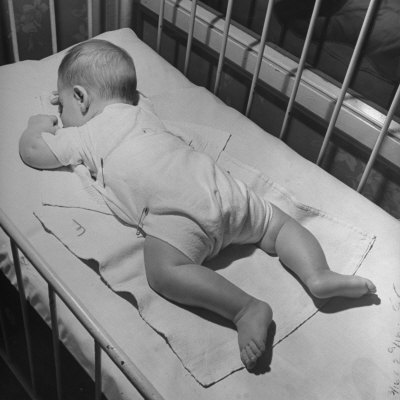Enjoy :)
Every few weeks or so a new fad seems to emerge from social media sites like Facebook and Twitter. In the past couple of months I’ve fallen victim to the onslaught of “the awkward moment when...” (2011) and “Kate’s Party” (2011) groups amongst others. However, the last week or so saw a new trend emerge from Facebook, one that was thrust into the media spotlight and has resulted in the death of a Brisbane local with another in a coma.
Some people just say it like it is
Planking started out as nothing more than innocent fun involving participants having photos taken of them “planking”, lying horizontally on a surface with your arms beside you, and uploading them to various planking group pages such as the Planking Australia Facebook page (2011). In the past week, this trend has been foreground by the media after an event leading to the death of a Brisbane man, another ending up in hospital and in a coma and the termination of employment for six Woolworths employees. Planking can see people lying flat across an array of objects, from the safe – surfaces, shelves, tables and chairs to the insanely moronic – balconies, between two cars and even across train tracks. This stupidity is what has labelled planking as a moral panic.

Caught between two poles and a hard surface
Sternberg (2011) states that a moral panic is when “a condition, episode or group of people become defined by the media as a threat to societal values and interests”. Planking wasn’t seen as a moral panic until those doing the planking started being more risky and dangerous with this trend and caught the attention of the Queensland Police Force. The force issued a press release stating their concerns for the safety of citizens, which was criticized by the public for bringing this popular trend to light and giving it the attention, it did not need. Just three days after the release, a 20 year old local man from Kangaroo Point plummeted to his death from his seventh story apartment after a drunken act of planking. This began a media frenzy and it seemed planking wasn’t off limits to anyone with both Karl Stefanovic and Kerri-Anne Kennerley demonstrating the move to viewers of their shows (Calligeros 2011).

Karl Stefanovic demonstrates to the viewers of Today how to plank
As Sternberg (2011) states, a moral panic only “occurs when events are represented by the media out of proportion to the actual threat posed”. Planking began as nothing more than a bit of harmless entertainment for youth and had the Queensland Police not drawn attention to planking then this would not have been seen as a moral panic nor would it have become a headline in the nightly news all over the world (BBC News Magazine, 2011). How did planking become the phenomenon it is today? Is it a case of history repeating itself?

Ahh, the trifecta of planking
Jackass started in 1999 and was the brainchild of now-actor Johnny Knoxville as stated by one of the TV shows webpage (2008). The show centres on Johnny and a few friends performing what most sane people would deem unsafe and highly stupid stunts often resulting in physical pain. Although the aim of planking does not result in pain, the parallel to Jackass can be drawn from the simple fact that some people are mimicking the level of stupidness by planking in highly unsafe locations – rooftops, train tracks and balcony rails to name a few. This act of literally trying to reach new heights is what has drawn such attention from the media and has illustrated planking to be a dangerous and unsafe trend when in the beginning, it was simply for a bit of fun and a laugh.
Jackass 2 Best Moments
As Olivia King discussed in her blog post, Are you numbed by video games?, “people are motivated to expose themselves voluntarily to messages they agree with (or enjoy) and avoid messages they disagree (or don’t enjoy) with. People are therefore selecting their exposure…” Although she discusses this concept in terms of video games, it can also be applied to planking. Like most things these days, people have the choice of whether or not to participate. While I take much amusement in seeing fellow gen-Y’ers plank themselves between or over objects, I personally choose not to partake whereas those who clearly enjoy the activity have chosen otherwise. I’ll be the first to admit that some have clearly taken it too far and are being dangerous in their planking, however I take my hat off to the creative person who started the trend. Harrington (2011) states that in the modern age of the web there’s been “massive increased opportunities for vernacular, convivial, ‘everyday’ creativity”. This has resulted in what Harrington has dubbed participatory media and a ‘making-and-doing’ culture which has drawn in a huge amount of audience engagement. Planking is proof of this.

Most common form of planking - sleep
While planking has been embraced by a large percentage of the younger Facebook community, I can’t help but wonder at what point does the craze and the need to be creative become a threat to society? Is Facebook creating the next generation of Jackass’?

No comments:
Post a Comment